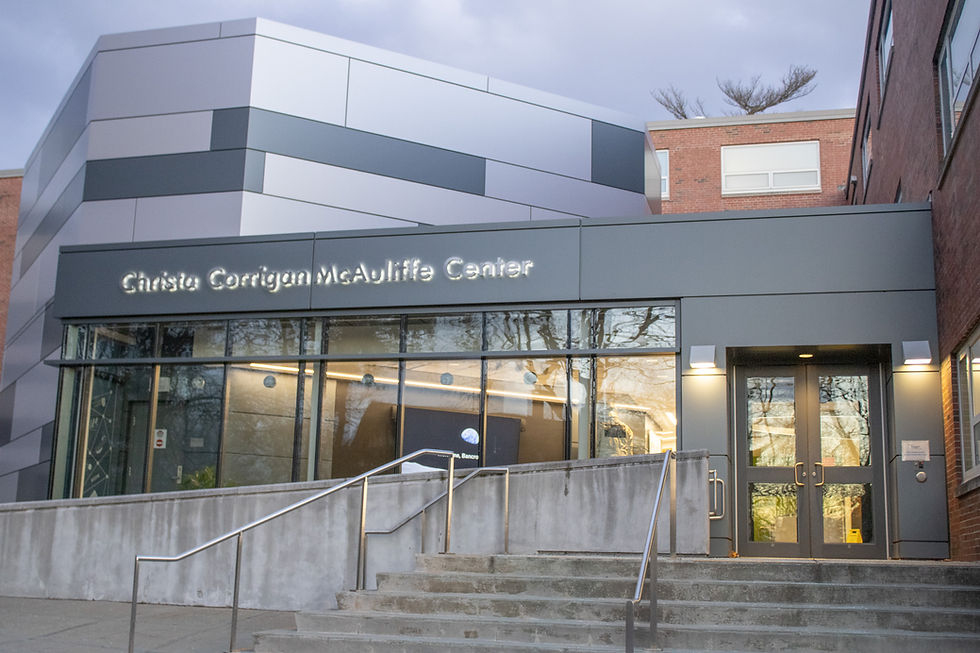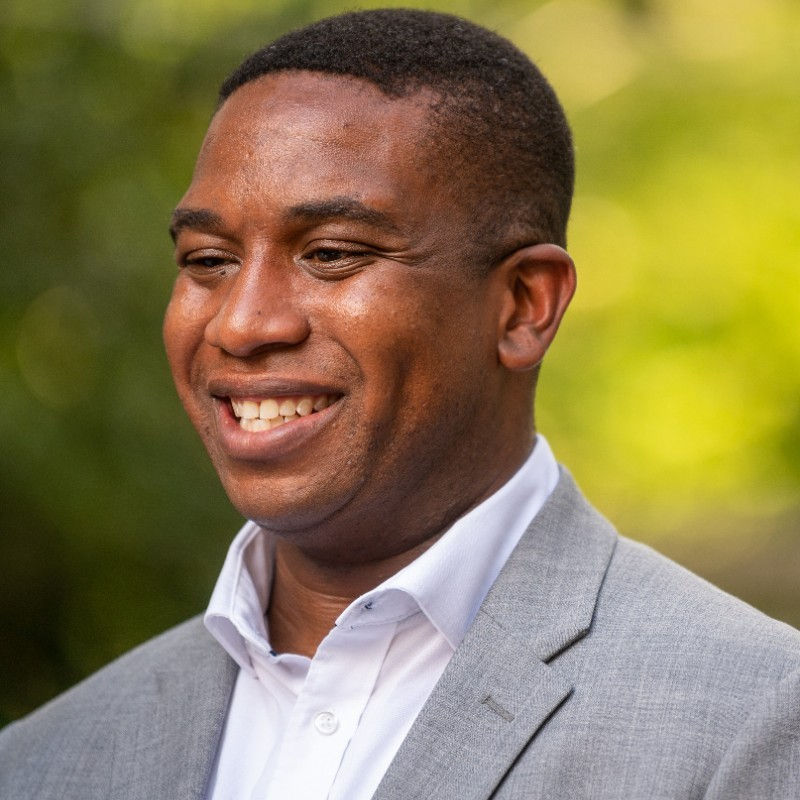Open Educational Resource Pilot Program Grant estimated to save students more than $1.6
- Haley Hadge
- Nov 4, 2021
- 5 min read
By Haley Hadge
Asst. News Editor
FSU received a grant of $441,367 from the U.S. Department of Education (DOE) to develop and use free Open Educational Resources (OERs) and lower the need for expensive textbooks.
According to Millie González, interim library dean and lead on the project, OERs are “teaching, learning or research materials that are in the public domain or released with an intellectual property license that allows for free use, adaptation, and distribution.”
The University is the fiscal lead of the project and is collaborating with the Massachusetts Department of Higher Education, Fitchburg State University, Holyoke Community College, Northern Essex Community College, Salem State University, and Springfield Technical Community College.
According to González, this consortium consists of “more than 29,000 diverse undergraduate students.”
González said, “We believe open textbooks are as good, if not better, for student success.”
OERs contain a “variety of components” that may range from textbooks to supplements for a textbook, González added.
However, all OERs must be reusable, free of cost, and openly licensed so that one could use and “remix” someone else’s work, she said.
For example, a faculty member could adapt and build off a colleagues’ OERs to better suit the specifics of their course.
She added the hypothesis the grant will test is whether the academic success of underrepresented students will increase with the implementation of free and “culturally relevant” course materials.
According to González, this has not been studied before.
Through “technology-based strategies” learning collaboration and dissemination of information will be improved, gaps in the marketplace will be addressed, and student success will be promoted, according to González.
González said this will be monitored through a number of different metrics.
She added the grant will seek to revisit two qualifying questions throughout the testing phases: “Have students’ grades improved?” and “Are students dropping out less?”
Additionally, there will be monthly staff expert meetings to supply professional development and guidance. An industry advisory council will meet regularly to review the content created based on its effectiveness.
The Open Textbook Coordinating Council (OTCC) will spread knowledge and awareness of the project by writing a journal article.
Part of this initiative involves finding out how many faculty are using OERs, and what their respective fields of study are.
González said this information will shed light on how each discipline uses OERs, so the program can “build a structure to support” individual initiatives.
She said the purpose of the grant is to test and assess this hypothesis over the course of three years. Her team approximates that through the combined efforts of the six institutions, they will produce “at the most” 78 textbooks.
She added any institution on the state or national level will be able to use these texts and part of the grant includes allocating time and resources toward promoting these texts once produced.
This program has been in the works for “a number of years.” However, she said this specific grant opportunity arose last year.
Patricia Bossagne, director of the Office of Grants and Sponsored Programs, said, “You have to work on it and apply a couple of times before you get their [funders] attention.”
González said, “What I wanted to do is marry my interest in supporting faculty development, but also provide them the tools necessary and funding necessary for them to finish this project.”
She said the grant is three part. It will provide stipends, training, and support to faculty.
She added faculty will receive training in the meantime and have the opportunity to be part of a mentoring cohort and view a number of webinars.
Following this preparation, each faculty member will commit to two semesters of using and
implementing OERs, in the classroom, she said.
Throughout this timeframe, the consortium will assess whether the program was “impactful” for students as well as gather faculty perception on its success, according to González. Cost savings will also be calculated.
González added, “All throughout that project timeline, we’re there to help.”
Carla Cataldo, corporate and foundation relations specialist, said the grant “is not just creating new content, it’s using an equity lens.”
President F. Javier Cevallos said, “The price of textbooks has been going up through the roof, and some of the books are just ridiculously expensive.
“If we can find a way to lower the cost of textbooks, it will make education more accessible to all,” he said.
He added education is meant to “open the door to a better life, to a better job, to a better everything in the future.”
Mackenzie Wahl, a sophomore elementary education major, said a “majority” of her classes do not use the textbook required.
Ellie Lynch, a sophomore psychology major, said often in her classes “it’s a matter of ‘Will we use the book?’”
Leticia Santos, a freshman ASL major, said, “In a lot of ways students are spending hundreds of dollars on books that they’ll use once or twice.”
Santos added, “Sometimes, teachers will tell them that they won’t even need it, but they’ll only say that after the fact.”
She said she has purchased five textbooks this semester and spent approximately $200.
“I have used one of those books, maybe two,” she said.
Sabrina Grammatic, a senior English major, said, “It can be quite difficult to work around” the high costs of textbooks.
“My grandpa sometimes buys the textbooks for me,” Grammatic said.
She added some of her strategies to Snd lower costs include searching different websites such as Amazon, and using book vouchers through the campus bookstore.
She said it would be “really helpful” to have access to free learning resources.
Tadiwa Chitongo, a junior biochemistry major, said during a summer course he enrolled in, “The price of textbooks ran up around $300, but then the actual material used in the textbook was maybe five pages or so. It felt like a waste of time.”
Chitongo added there have been “multiple times” when he could not afford a textbook and had to find other ways to access the textbook such as borrowing a friend’s or finding an online PDF.
“I’ve been in classes, specifically science courses, where ... the teacher will just mat out say, ‘The formula in the textbook does not apply to what we’re doing right now. So here’s a special formula that I made that applies to how we’re using it,’” he said, “which just makes you wonder why use a textbook if the formulas aren’t going to be the ones you use?”
Cevallos said, “Barriers such as the cost of textbooks are just things that shouldn’t happen.
“The fact that we have the opportunity to lower some of those costs by open educational resources is absolutely a great idea,” he said.
He added González “truly is a leader in the Open Educational Resources movement.”
This will be a change agent for “students who come from economically disadvantaged backgrounds,” he said.
He added he acknowledges the importance of textbook authors’ work and the credit they deserve for that work. However, he said that should not come before the educational needs of students.
“Students should not be having to pay three or four hundred dollars for a textbook. That’s just not a reasonable price,” said Cevallos.
He said this is especially true when it has been proven faculty can produce “wonderful,” same-quality work with OERs.
Cevallos added, “Why not be able to share the knowledge with students? ... It’s a win-win.”





